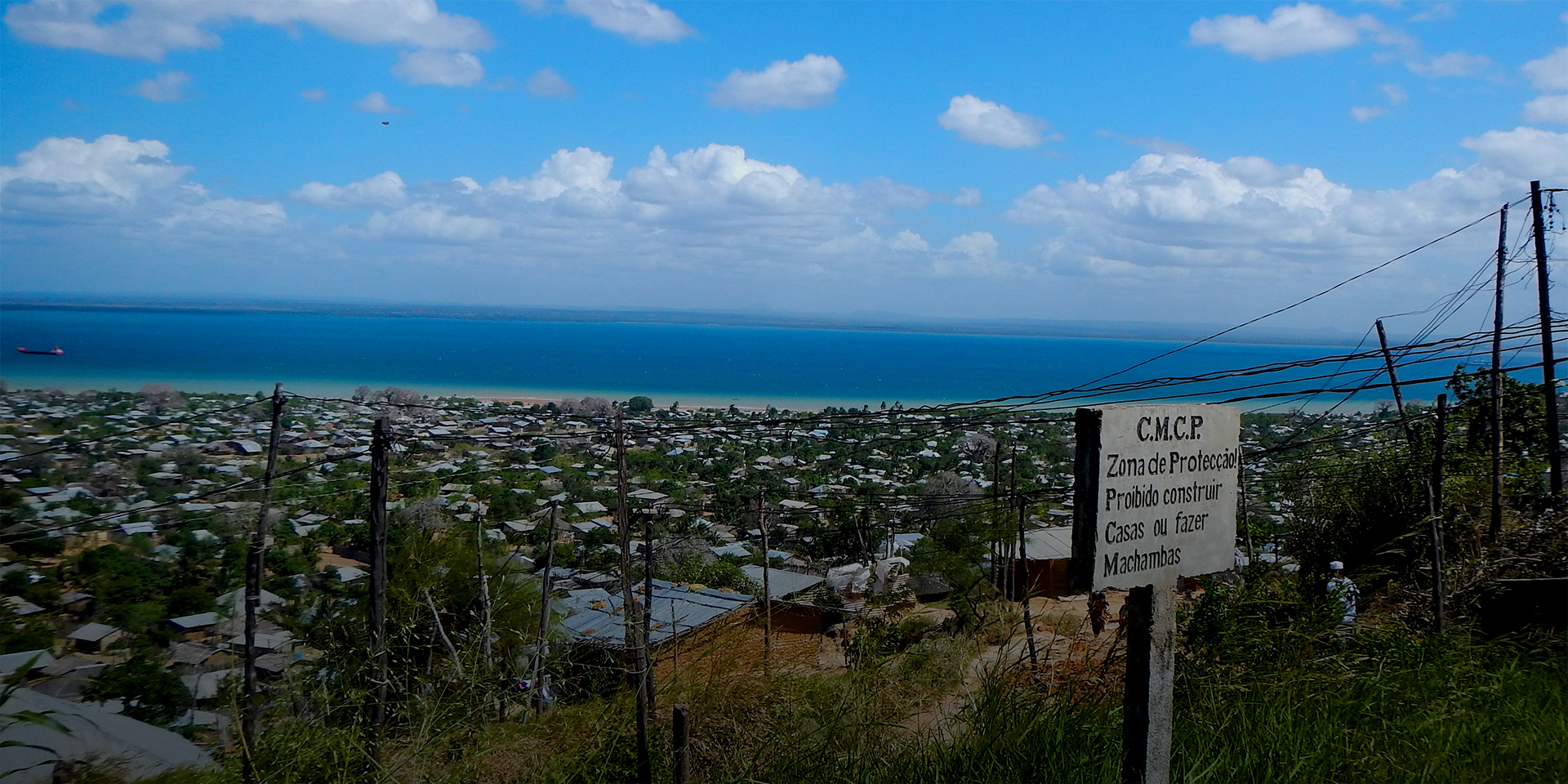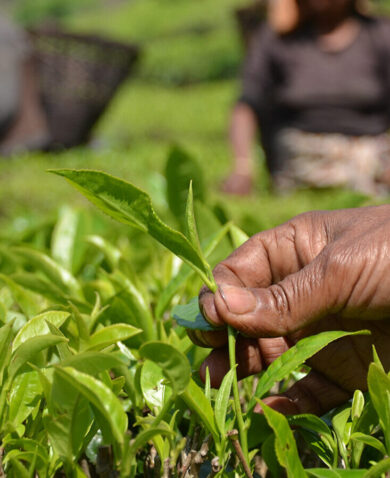Mangroves and the USAID Mozambique Coastal Cities Adaptation Program (CCAP)
USAID’s CCAP was designed as an innovative experiment in urban climate adaptation working with cities and communities in northern coastal Mozambique to increase understanding of urban adaptation issues and apply resilience-building management options. Interventions ranged from developing local adaptation plans and improving municipal cadaster systems to building resilient houses and reforesting degraded mangrove habitat. Working with the northern city of Quelimane in 2014, the program launched a mangrove reforestation program as a green infrastructure initiative to stabilize eroding banks, protect nearby communities from winds and storm surges, and provide improved economic benefits from fisheries (mangroves are important breeding grounds) and corollary activities such as apiculture.
Despite rolling the activity out with an assessment to inform the design, community participation, and a monitoring system overseen by a local university, when early results started to come in it became clear that the growth and survival rates of the mangroves were poor. The mangrove monitoring system was designed to measure survival and growth rates to inform an adaptive management approach, but the program was unable to obtain the data, and it soon became clear that the information was not being systematically gathered. Nevertheless, visual observations showed the efforts to be largely unsuccessful. While the mangrove activity was not a major project investment, it was a high-visibility one which the program hoped could be expanded up and down the coast.
Adaptive Management in Action — The Redesign of the Mangrove Approach
By 2015, CCAP was half-way through its implementation period and its mangrove initiative faced poor results and a lack of data. Reforestation efforts can take years to see results, and while the impact of a revised approach would be difficult to assess in the remaining time of the program, CCAP was not only committed to learning, but also to an adaptive management approach which called for re-assessing and course correcting.
The program commissioned a study of the mangrove activity and delayed the award of a follow-on grant for the work until they had the information necessary to develop an approach they were confident would yield the best results for community partners. Simultaneously, the program underwent a mid-term evaluation, which placed considerable focus on the mangroves with recommendations for how it could be improved. Armed with these sets of recommendations, CCAP convened a workshop with the local actors led by two consultants (and international mangrove specialist and a regional community conservation expert) and, together with the university and the communities, redesigned the approach to the mangrove activity. This approach, launched in 2016, focused on restoring hydrological flows and enhancing natural regeneration. It represented a significant departure from the initial community nursery approach.
Emerging Results and Learning
Forestry activities take time in the best of scenarios, and it will be some years before we know how well the revised mangrove approach met the challenges of real-world implementation. But the program’s commitment to adaptive management offers some important lessons which are broadly applicable.
This case makes clear that robust monitoring systems are critical to adaptive management, as they provide the information to inform management decisions. Although CCAP overcame the failure of the established monitoring system (forestry activities having the advantage of success and failure being easy to detect), its absence can often lead to false impressions and conclusions as to the success of interventions. With better and more timely data, CCAP would have been able to react more quickly and make an informed re-design all sooner.
Most importantly, CCAP’s willingness to acknowledge failure, take a hard look at what worked and what did not, and take another approach was the key element. It acknowledged that this activity, like most development activities, has long-term objectives which may not be realized during the program life span — whether activities are designed in year one or re-designed in year five.
Whatever the long-term result of the mangroves turns out to be, I believe the adaptive management approach was a success. Through failure, the communities committed to the mangroves in Mozambique should not only see improved results, but also now have a better understanding that even the experts can “get it wrong.” They have seen that we can all benefit from standing back to analyze and improve whatever effort we are engaged in, and that showing “success now” is not nearly as important as achieving success in the long-term.































